Bikepacking Gear List For Beginners
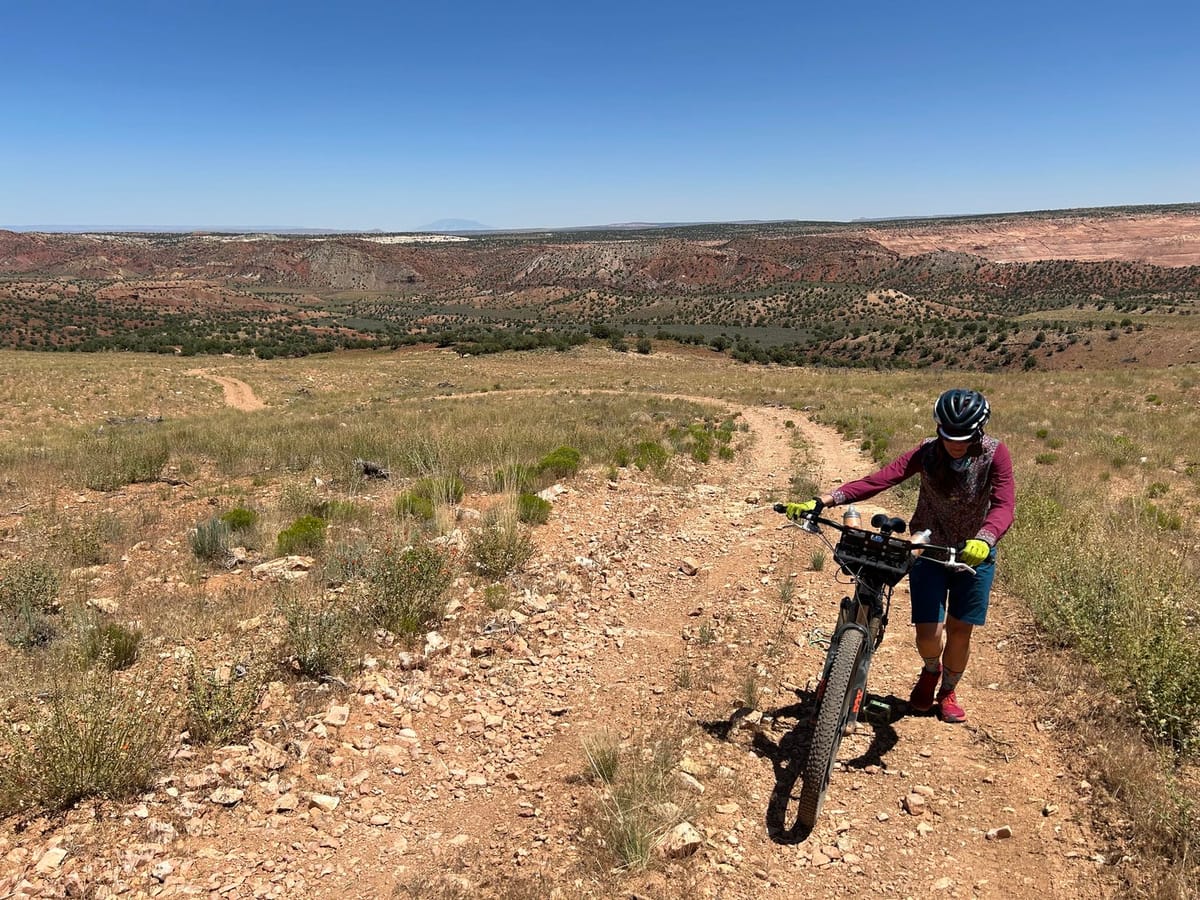
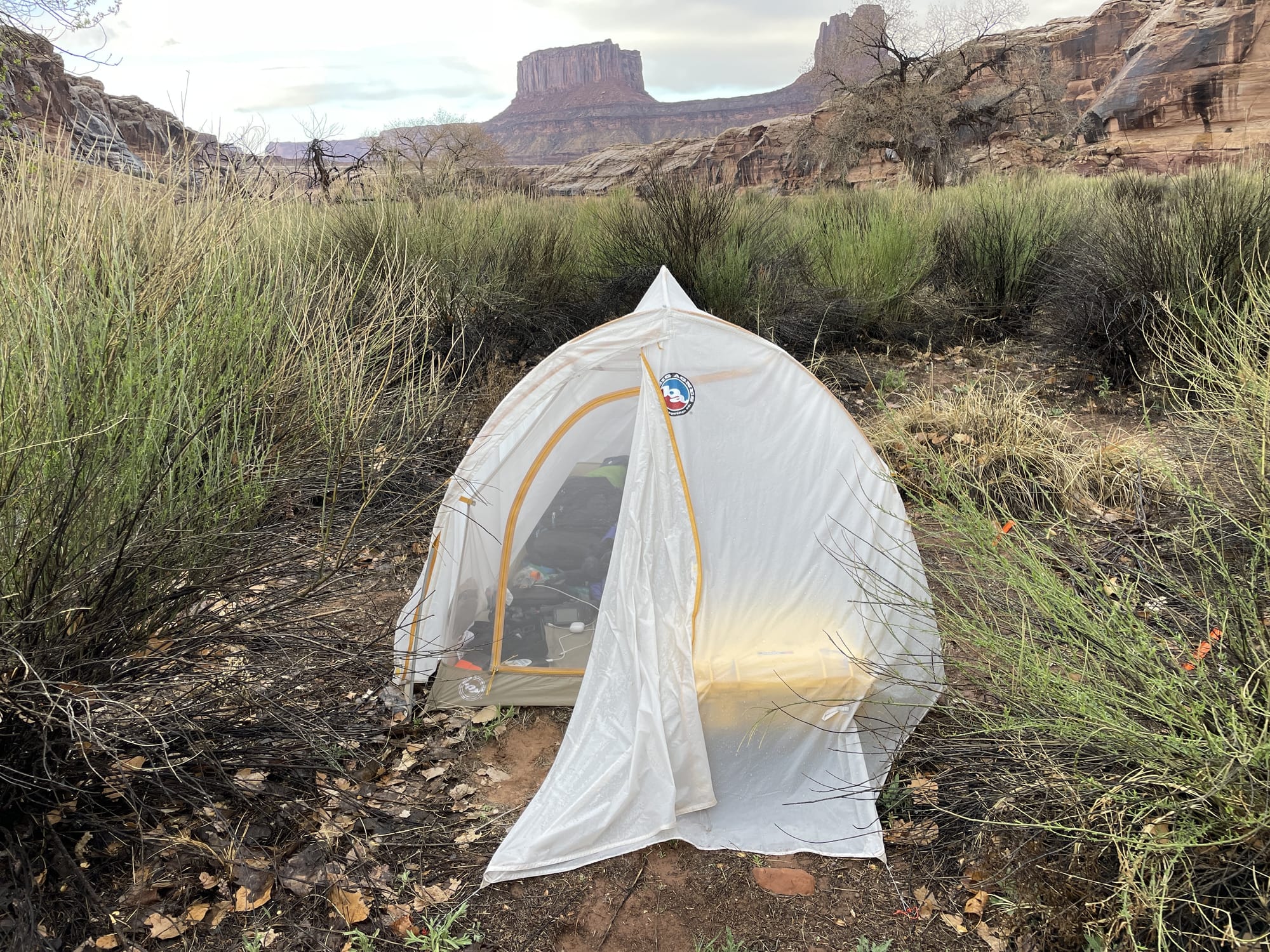
Bikepacking Gear List For Beginners
First time Bikepacking? Here's a handy list of essentials you'll need.
Bikepacking is a self perpetuating pursuit. The more you go bikepacking the more you want to go bikepacking. So on and so forth. For a first timer, especially with all the fancy gear set ups and bikes you see posted online, it can be hard to know where to start. Do you really need everything you see shared online? Should all of your bike bags match? What the heck even is a WhisperLite stove and why do people make such a big fuss about it? Don't worry, in this article we're going to dive into what you really need. This is a bikepacking gear list for beginners.
10 Things To Get Before Your First Bikepacking Trip.
Bikepacking Bags

Bikepacking bags are essential to bikepacking. They keep your weight centered on the bike, take a load of your back, and make it possible to carry all the kit that you need. Not all bags are created equal and you should take your needs and budget into consideration. We really like the value that the Blackburn bags provide.
No matter what bags you wind up getting you'll need to make sure that your essentials like clothing, sleeping bag, food, etc, are in waterproof bags. Our preferred method of waterproofing is to use waterproof compression bags to store items inside of our bikepacking bags.
The big three essential bags are; Handlebar bag, seatbag, and framebag. For your handlebar and seatbag you will find different size options. Bigger isn't always better but for beginners I'd recommend the larger sizes. While generally the advice you'll find is that the larger bags are for longer trips we've got a word of expert advice here.
Shelter

When it comes to Bikepacking, shelters are hotly debated. The biggest consideration is going to be size versus weight, with weight coming in a close second. Traditional sil-poly packs down much smaller than DCF/Dyneema/Cuben Fiber, so that is a major consideration. Many riders prefer to use just a small bivy sack which is the lightest and smallest form of shelter and also the least comfortable. This is perfect when you plan on riding as many hours as possible and the camping portion of your trip is not important.
However, the majority of bikepackers aren't out there to set records or push themselves to the absolute limits of riding and still want to enjoy a nice camp. Finding a shelter that compromises weight, weather worthiness, and form factor can be a bit tricky. We're going to recommend a little known brand called SlingFin. They create some of the highest quality and most thoughtfully designed tents out there.
Sleep Systems

To sleep or not to sleep, that is the question. Well, the answer of course, is to sleep. Jeez. As a first time bikepacker you may be wondering if you should go with a traditional sleeping bag versus a quilt. The answer to this is nuanced and it really depends on your trip and preferences but quilts have become the overwhelmingly popular kit choice for bikepackers.
Generally speaking, for insulation to be effective it needs to trap warm air. To do that, it must have loft. Your sleeping bag can't loft when you're laying in it/on it. Essentially, the crushed portion of your sleeping bag that is beneath you is just dead weight. Because of this simple fact many bikepackers have switched over to using quilts because they cut that weight and bulk out. It can take some getting used to and so this might be hard for first time bikepackers to get used to especially if you are looking at camping for the first time.
We are recommending a quilt for you that has been tested over dozens and dozens of nights. We think it represents the best of both worlds due to its form factor and features. Plus, it's on a crazy sale right now!

Sierra Designs Nitro 20 Degree Quilt - 800 Fill Down
A great compromise between a sleeping bag and a true barebones quilt
Navigation Tools

It goes without saying that navigation is one of the most important considerations you need to take into account for your bikepacking trip. There are a few ways to go about this and we recommend having at a minimum, two options, preferably three. The first is to get a cycling computer, such as the COROS Dura, that you can preload your entire route into and that provides turn by turn directions. The COROS computer can also reroute you if you get off course.
The second option is to have something that has preloaded topo maps on it so you can tell where you are in the world at any given moment. Using your phone with GAIA GPS can work nicely but having a dedicated device like a handheld Garmin unit is great too. Quite frankly we like to use all three. Utilizing your phone is far more convenient often times than a handheld gps unit. One other perk of SOME handheld GPS units is the SOS feature. The Garmin 66i for instance provides excellent handheld navigation tools as well as the features of their InReach technology allowing you to broadcast your ride to others watching, communicate via satellite messaging, and trigger an SOS should you need it.
If paper maps are available for your route it's recommended to bring those along as well. Many routes such as the GDMBR have maps available through Adventure Cycling.

Garmin GPSMAP 67i
A versatile tool that combines InReach technology with advanced maping features
Hydration Gear

There are dozens of options available in this category and we won't get too in depth here. Obviously, you need to hydrate which means you not only need a means to carry all of your water and electrolytes but you will also need a way to collect more while riding. It's best to use a combination of a water bladder and bottles. We love to pack a 2 to 3 liter bladder in our frame bag and then two bottles on the bike, either in feed bags off the stem or elsewhere. You need to understand what your options are for filtering or collecting more water on your route. If you've got a 100 mile stretch of remote desert terrain your needs will look a lot different than if you're cycling through the Pacific Northwest.
Not all water filters are created equally. The most popular kind are "hollow-fiber" filters such as the ever popular Sawyer Squeeze or Katadyn BeFree. We've found something that is far more versatile and we have field tested it extensively. Introducing, the Grayl GeoPress. We love to use it because you can carry the filtered water with you easily, you can drink straight from it, you can easily pour it into another vessel containing electrolytes, or you can add electrolytes directly into the vessel without hurting the filter. The titanium version can even double as a cook pot! Way to go Grayl!
Repair Kits and Tools

Something is bound to go wrong on your trip and you really need to be prepared to fix it. Whether it's a flat tire, broken chain, or some other calamity, you better be prepared. Sometimes you just need to adjust your saddle or a cleat on the fly. We love the form factor of this Topeak tool kit and the fact that it is modular, packs down small, and has ratchet functionality truly is incredible. This makes getting into those hard to reach places much simpler and saves you time and a headache.
Cook Kit

Whether you're cooking up dehydrated meals, boiling water for coffee or tea (or disinfecting), you're going to need a stove and a pot. We've sufficiently hammered home the importance of lightweight and compact pieces of kit as virtues of bikepacking, and the same applies to your cook set up. We recommend getting a small and foldable stove head that screws onto your fuel canister, such as the MSR Pocket Rocket. Combine this with a titanium pot (or even better, use the Grayl that we mentioned) and you've got yourself a super compact cook it.
Pro tip - the space inside your pot is almost always usable. Pack it up! We stuff a drybag with extra batteries in ours.
Clothing

There are too many variables to go into here so we'll just provide some words of advice and a recommendation or two. You're going to need clothing for when you're on the bike and when you're off the bike. You will need to stay warm when it's cold, dry when it's wet, so on and so forth. Wool, down, and gore-tex are your best friends. Typically we like to pack some light weight wool baselayers that can pull double duty to start our ride when it's cold and then to sleep in at night. Down jackets are that packable pillow and provide extra warmth at night or when you're not moving. A lightweight goretex rain jacket that is cut for cycling is a must in nearly every environment. If you're new to bikepacking it can take a bit of practice to get your kit dialed in just right. It's all a matter of presonal preferences so we won't tell you what to get, just the categories you should consider. Once again, those would be wool, down, and gore-tex layers.

Outdoor Research Helium Down Hoody
This is an exceptionally packable and warm down jacket that won't destroy your budget.
Safety and First Aid
It's naive to assume that you won't require medical attention at some point in your bikepacking life. Make sure that you pack a first aid kit on every trip and have it accessible. We have always packed first aid kits from Adventure Medical Kits because they come with everything you need and are provided in a watertight package. Of course, feel free to create your own kit to suit your needs but make sure it is in a waterproof container of some sort.
This is a non-negotiable item. Pack it.
Looking for something more pavement oriented? Check out the Hudson lineup from Priority Bicycles.
The Hudson line from Priority Bicycles is a great option if you're on a budget. This line of touring friendly bags is the perfect option for those using a rack set up. The bags are made with waterproof nylon tarpaulin and fully taped seams so you can trust them when conditions get really bad. The panniers have thoughtful touches like shoulder straps for when you might want to take them with you instead of leaving them on the bike. You'll find panniers, handlebar bags, top tobe bags, trunk bags, and more in the Hudson line.
Bikingwest.com Affiliate Policy: This guide contains affiliate links, which help fund our website. When you click on the links to purchase the gear, we get a commission, and this goes a long way to creating guides, gear reviews, and other excellent content.
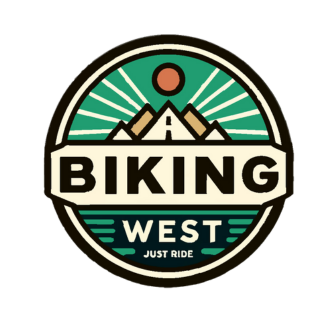
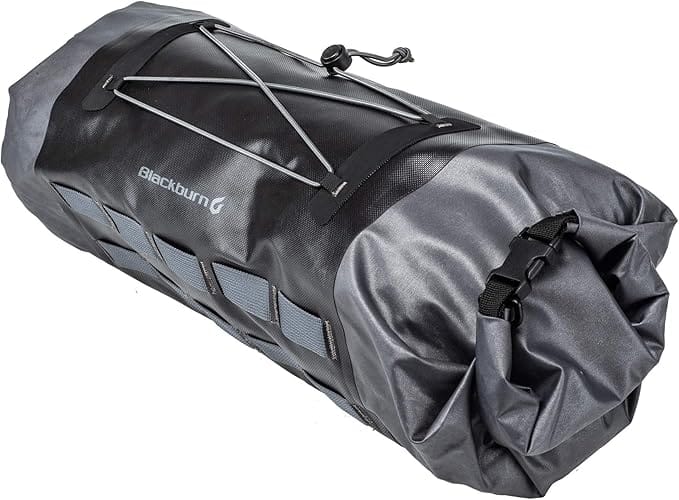
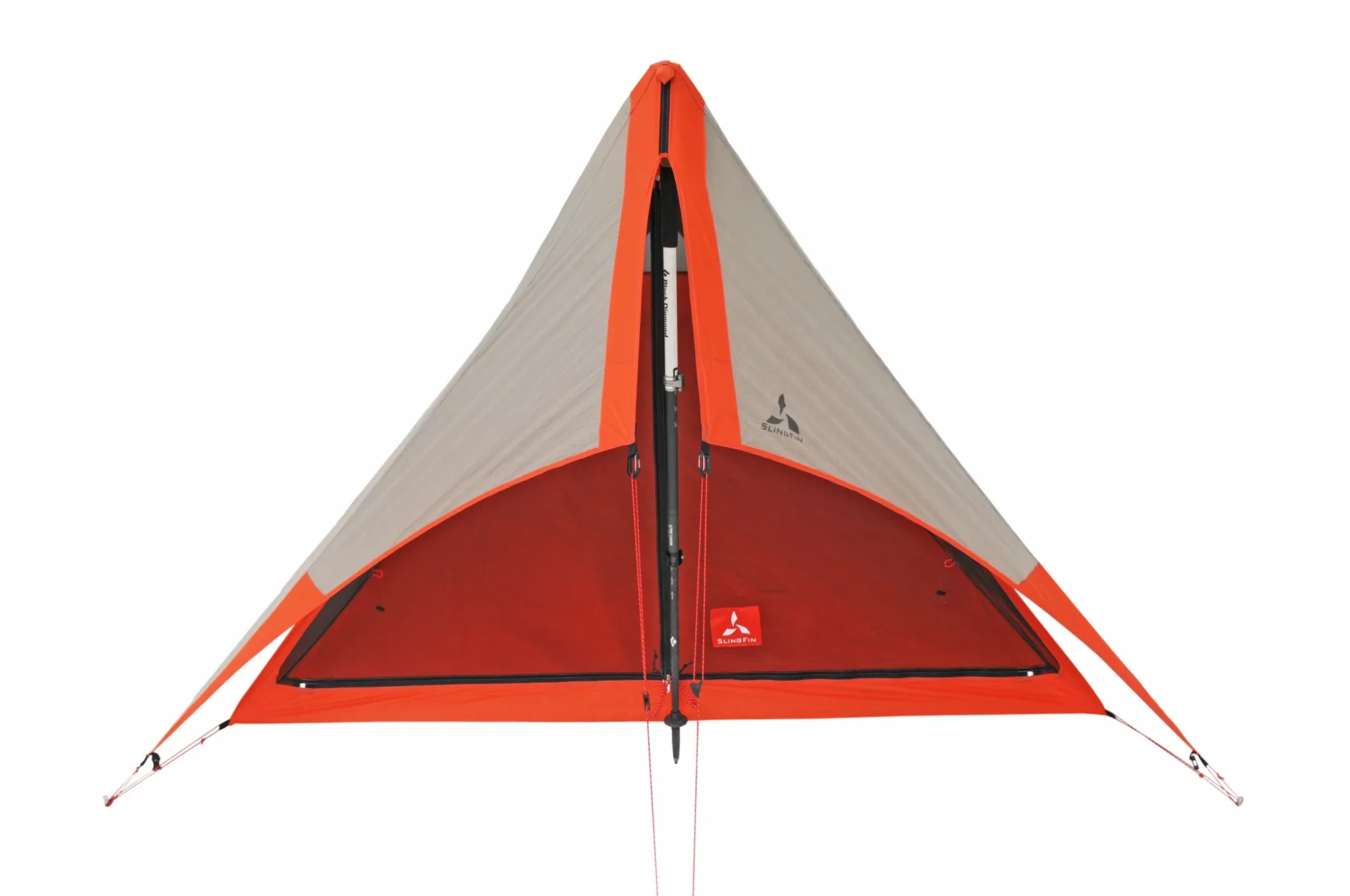
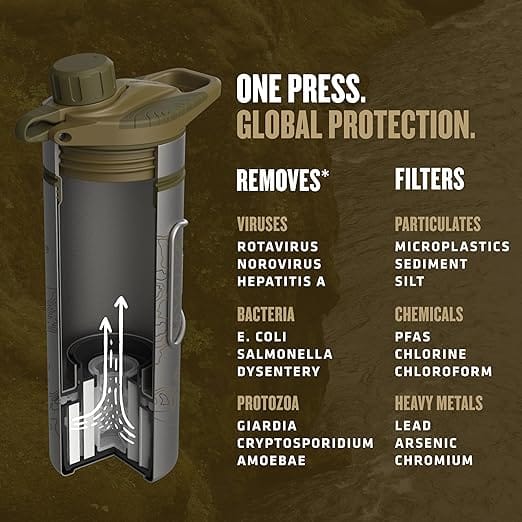
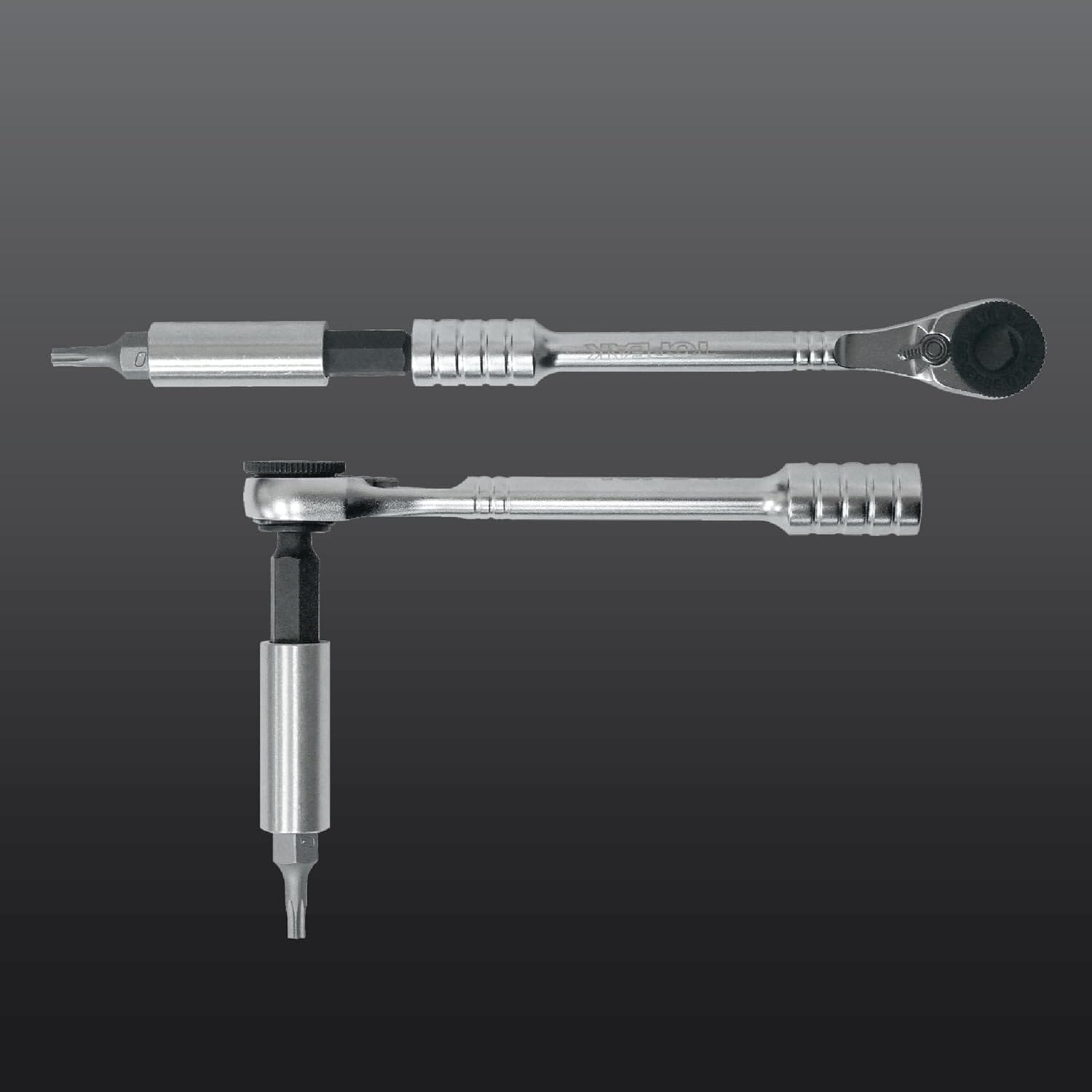
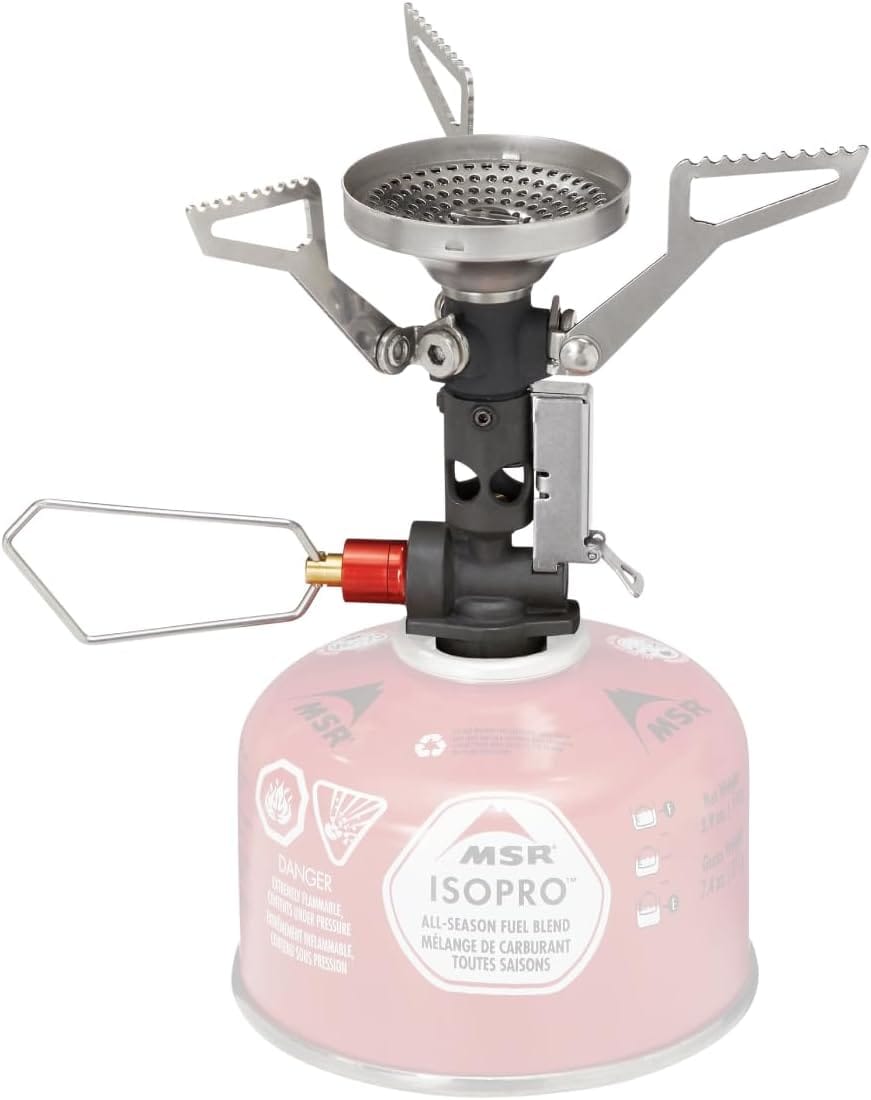

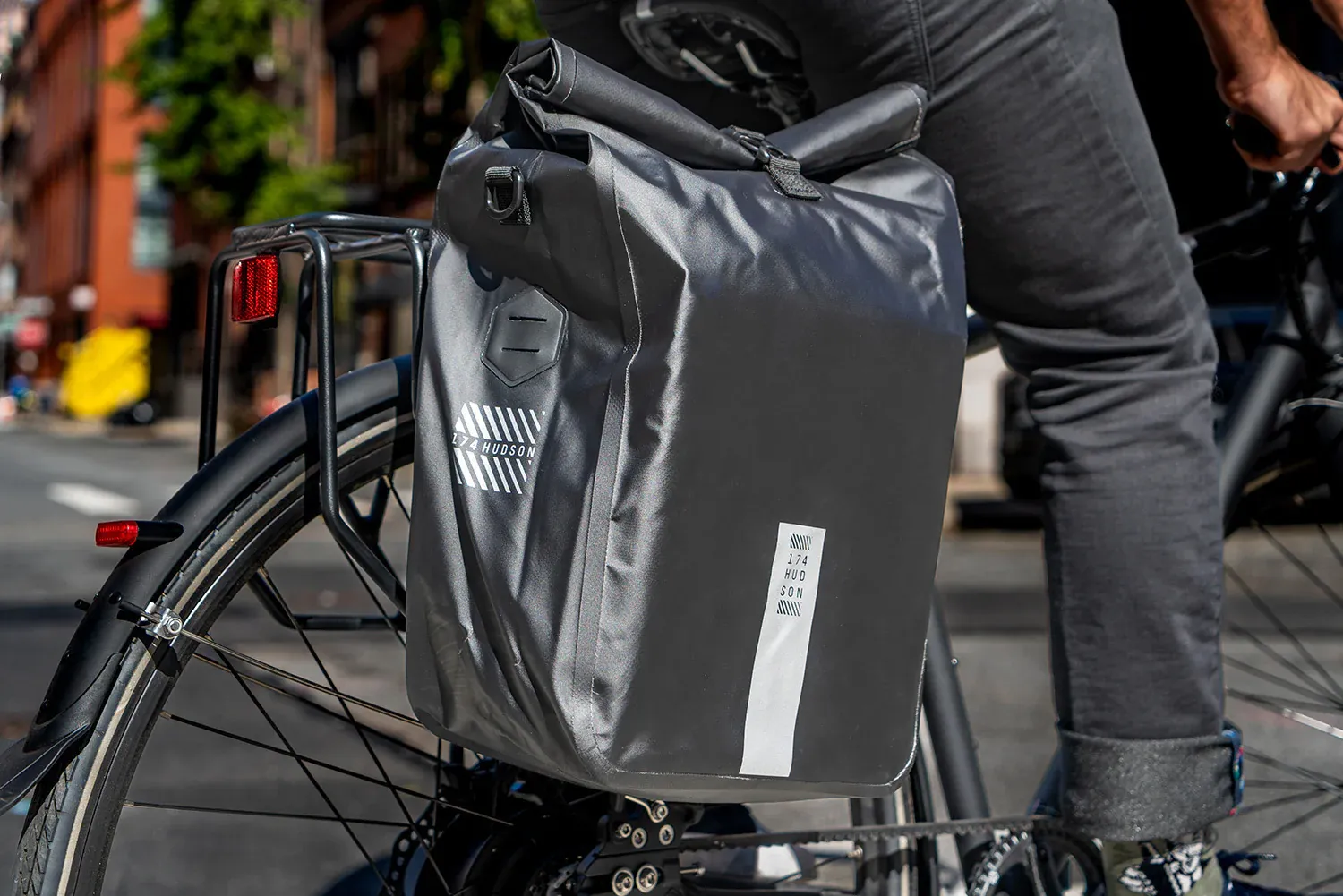



Comments ()